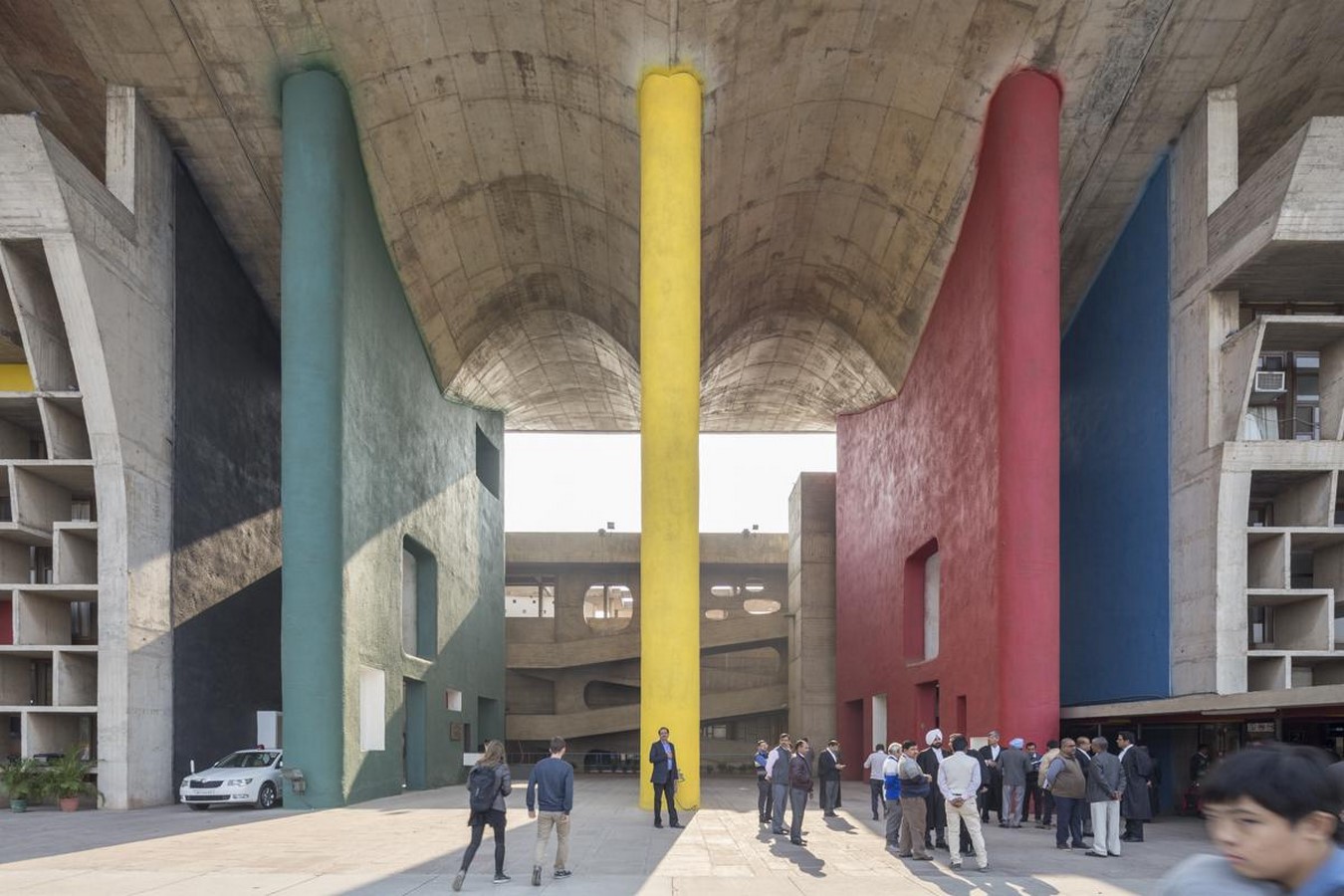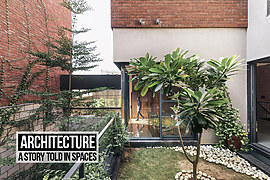What images are the first to pop up when you see a documentary or a video clip introducing a city? The historic landmarks and the powerful buildings of administration and finance. The intent? To establish a visual reference to the upheld civilization, order and duty it holds over its residents.
Politics has proved to be a response to the intelligent revelations of the clan. Continuing to evolve from its initial days of discovery, to help establish a disciplinary system in an empire to today’s divergence into finance, economics, healthcare and defense systems it is hard to find a stream independent of its shadow.
What engages architecture into this discussion? The persona of political rules, laws, rights and duties are made up by us. These invisible forces need an establishment to convince people of the gravitas it holds. Right there, the space we approach to deal with the said matters brings in sparks of design and architecture.
1. Symmetry – the possibility of stability
This ancient Roman temple is a familiar sight to students for a simple sketch to explain various design philosophies. A part of the ancient wonders of the world, the pantheon was more than a religious statement ( Back then, the segregation of the religion, administration and political affluence was bare minimum). The elevated massive structure with dominant pediment and Corinthian columns has the signs of firmness and balance of state imparted. The symmetry and the excruciating part features strikes the chord of a definite system, with a framed vision to anyone who must have sought the purpose of a visit there.
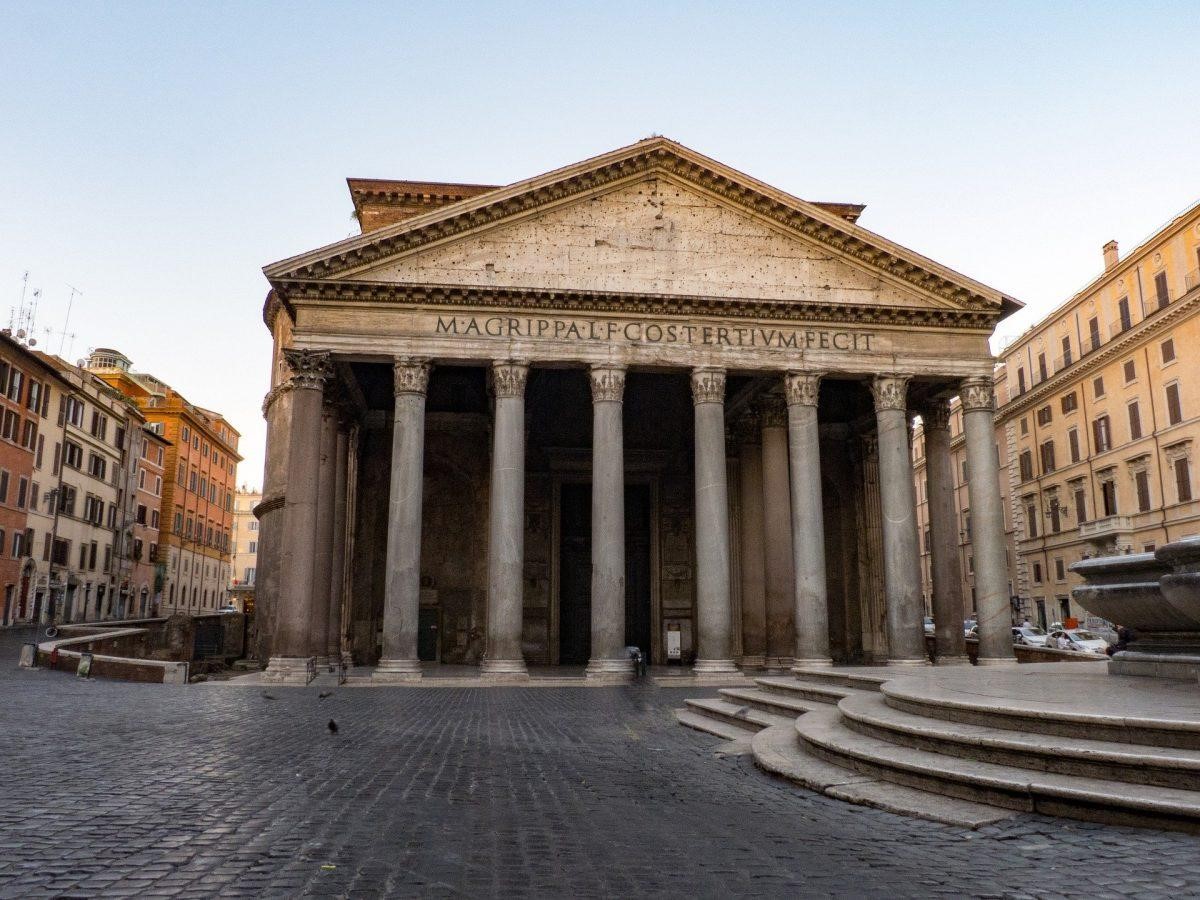
2. The Raised Platform
A prime example of neoclassicism, one of the key features of the parliament buildings across the world is the magnificence of the scale through the raised level of the floors. We must remember that they should constitute an efficient functionality. Handling various departments across with monitored circulation. Right from the entrance, it’s trying to tell us the importance it holds in the atmosphere. The elevated grand staircase or the raised plinth turns out to be the focal point and forms the uniform sense that the law is above all, we remain the contributors. The access voluntarily expects effort, an effort with feedback once into the habitat. This also helps strengthen the security around.
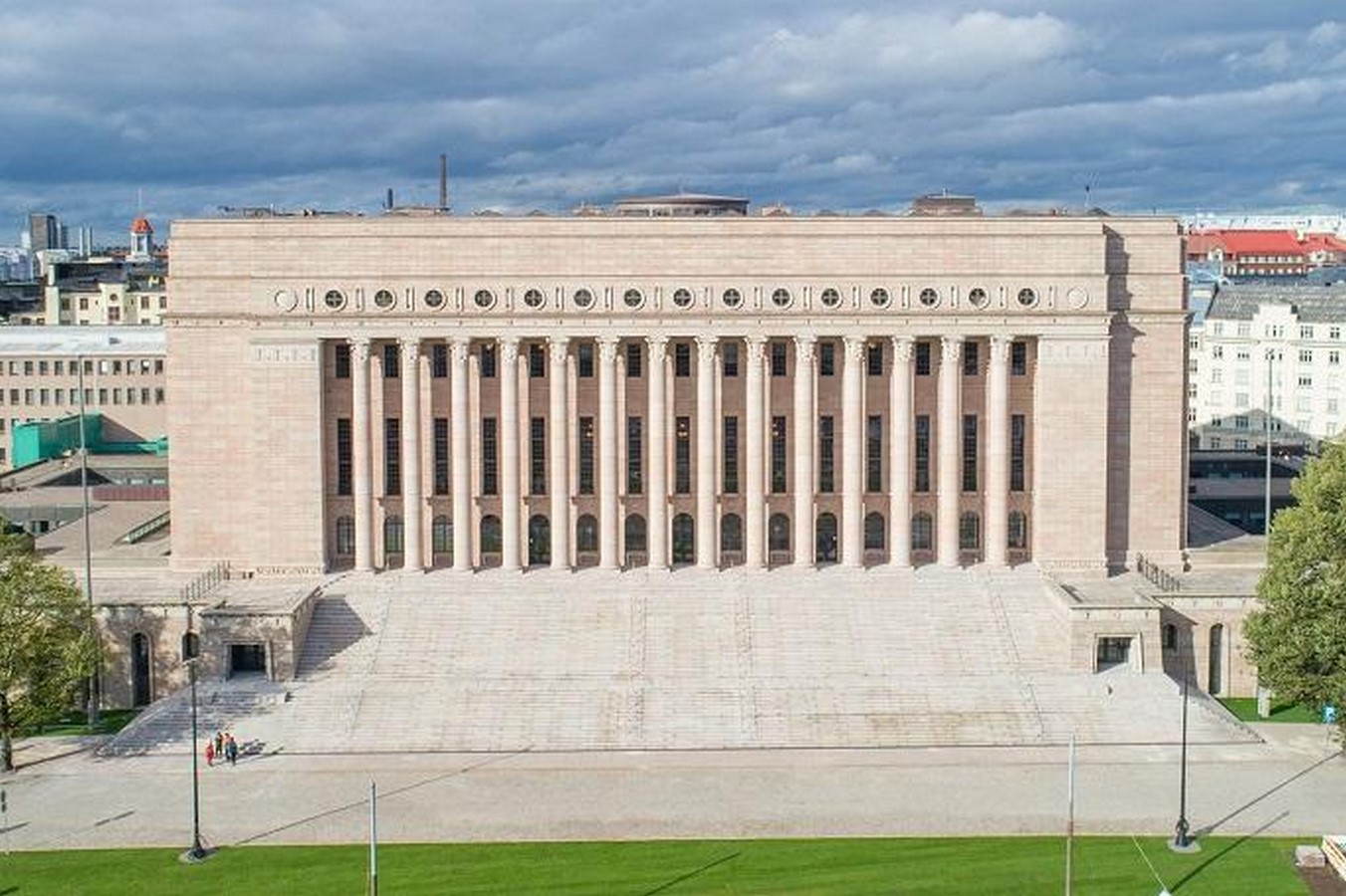
3. The Hint of Curiosity
Wrapped with valid voids around a solid building surrounded by a water body, this building by Architect Louis Kahn engages the mind for certain moments after the initial glances. With a backdrop of a desert, the building with its dramatic geometrical openings was an approach to intake daylight and keep the space well ventilated. Overall the concrete material embraces a modernist approach with marble interiors to cool down.
It is a poetic play of contrasting elements to indicate a parallel balance of its formation.
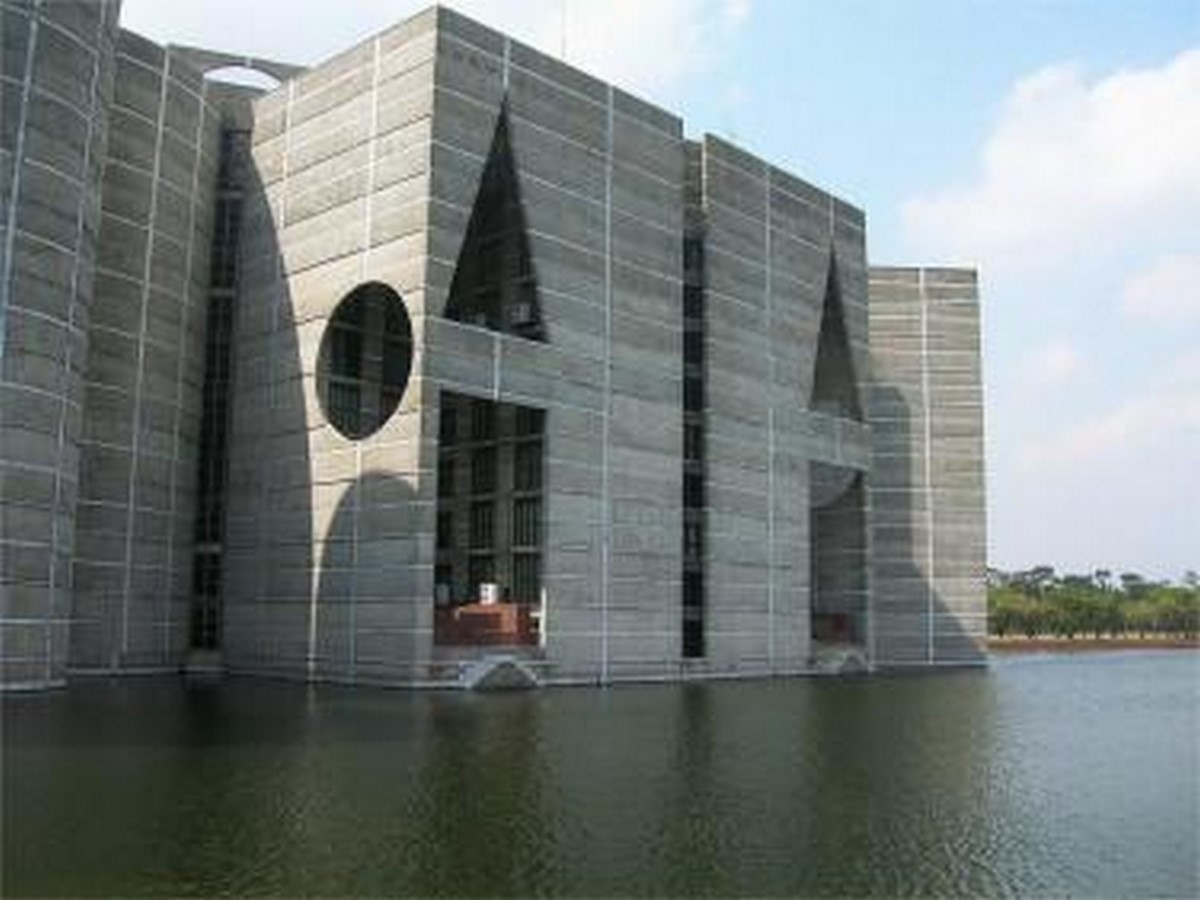
4. A belonging to progress
This has been different against the conventional repose stature of the many parliament buildings. The organic render to the set of blocks instead of a single massive form explores the dynamicity of the modern world. The modern palette of materials consisting of oak, granite, and wood has taken the features of a campus integrated with different functions.
The debating hall made of reinforced steel beams and timber struts is a reimagination of an opera hall with parliamentarian values of engaging a debate. Here the interaction is key, to introduce an individualistic and diverse range of views towards a progressive nation. The project which quite exceeded its estimated cost made a name of its innovative intuition winning a Stirling Prize in 2005.
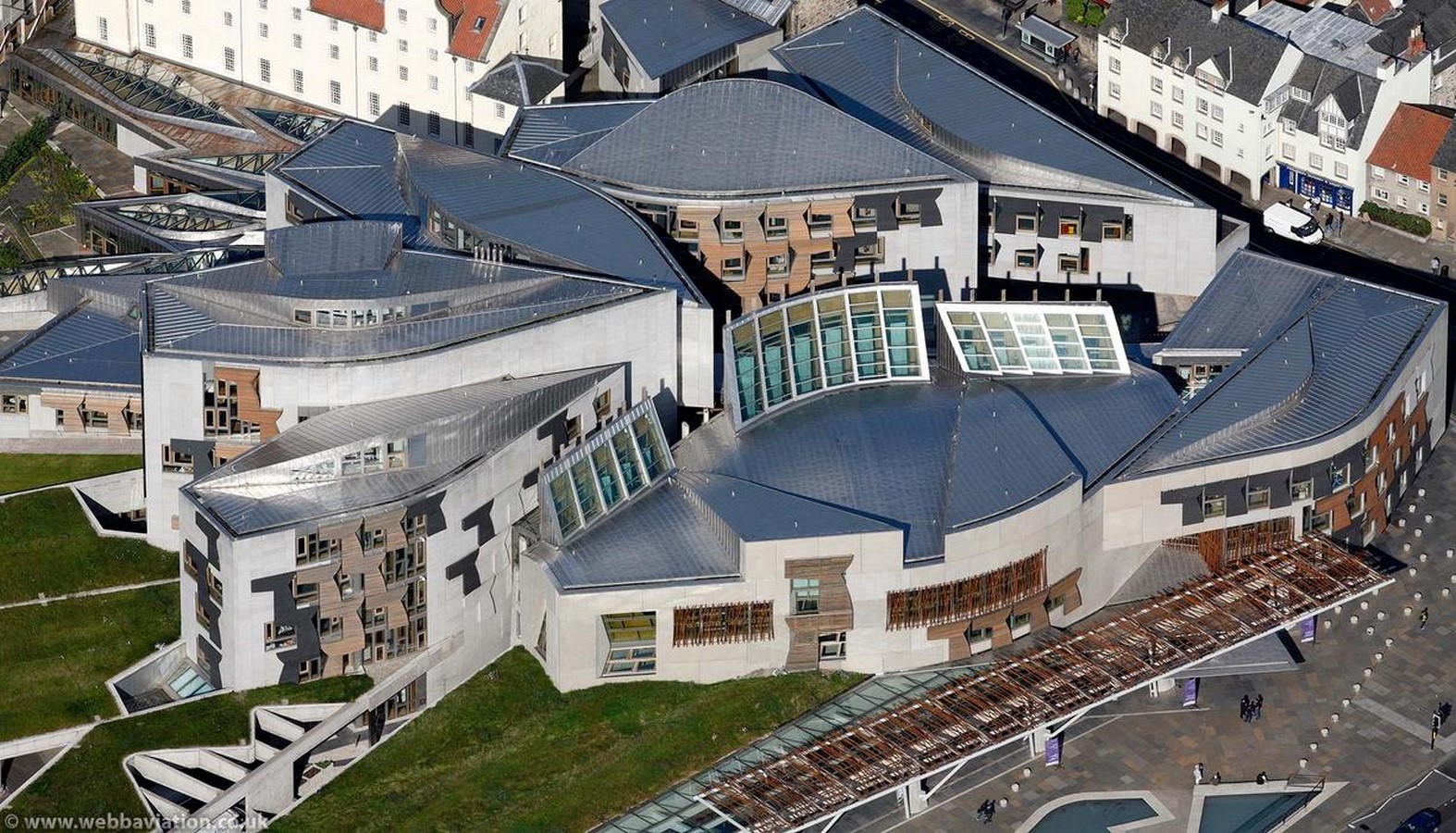
5. Revealing a prime feature
One of Architect Le Corbusier’s finest works is the Palace of Assembly Chandigarh, India. The building opens up to the landscape’s proximity, highlighting the five points of his design philosophy: the exposed concrete structure of green-grey shade, a remainder of the Himalayas. The colourful façade plates in the front elevation bring a vital sense to it. The curvilinear roofing forms at the centre of the rectilinear forms shows the amalgamation of different elements. One of the pioneer structures of prefabricated slabs, one side of the building follows the legislative spaces and the other side has an efficient working factor of stacked offices.
The people’s buildings across the different political systems in different social and geographical contexts have the core values to bring out the best of their citizens. The ability to sustain and keep a secluded environment around to provide a platform to engage in intellectual discussions for a progressive and efficient future with an acknowledgment of the hierarchy of contributors should lead to an open-ended conversation.
